Mastering Digital Art Creation With AI Image Generators
Mastering Digital Art Creation With AI Image Generators
Ready to tap into your artistic skills with AI image generators? Welcome to the intriguing field of digital art creation where artificial intelligence facilitates the transformation of your visions into breathtaking visual expressions.
This article serves as a comprehensive resource to help you understand the workings of AI image generators and how to optimize your artwork. It's time to let your creativity flow and let AI serve as your trusted companion in your artistic journey.
As we delve into the realm of AI-assisted art, you'll learn how this technology can help you create stunning visuals that were once only possible with years of formal art training. It's no secret that artificial intelligence has made a strong impact on numerous sectors, and art is no exception.
To quote an AI expert, 'AI is not here to replace artists, but to give them a new set of powerful tools.' With AI image generators, you can create complex and extraordinary art pieces that align with your unique style and vision.
So, let's take a step forward into this engaging journey of using AI for digital art creation. You'll not only learn about the technology but also how to effectively use it to express your creativity. Prepare to let your imagination run wild and create remarkable art with the help of AI.
Key Takeaways
Kudos to you! You've now got a handle on how to utilize image creators powered by smart technology for your digital artwork. These clever resources are an excellent method to bring your imaginative concepts to life in striking visual forms. They offer multiple benefits, such as preserving your valuable time and offering an infinite platform for your artistic expression.
The impact of these image creators on the art world is significant. Make sure you pick a tool that meets your needs, fine-tune your designs, and find inspiration in the amazing examples of digital art produced using this technology.
Take full advantage of this modern tool and let your imagination break free!
As an artist, remember, "The only limit to your impact is your imagination and commitment." - Tony Robbins
Benefits of AI Image Generators
AI image generators come with a host of advantages for those who dabble in the world of art and design. These cutting-edge tools help you to generate a wide array of unique and high-quality digital art pieces without breaking a sweat. The magic lies in their ability to take your creative ideas further and produce eye-catching visuals that appeal to viewers.
One of the most significant benefits is the convenience and time-saving aspect. Rather than starting from a blank canvas, you can rely on these tools to help create realistic images based on pre-existing models, doing away with the need for laborious manual tasks.
In addition, AI image generators offer a diverse selection of styles and themes. This opens up a world of opportunities for you to experiment and draw inspiration from. Regardless of your experience level in the art world, integrating AI image generators into your creative process can transform how you make digital art and take your creations to the next level.
As put by a famous designer, 'Creativity is intelligence having fun.' Let AI image generators be the playground for your creativity to run wild and free.
How AI Image Generators Work
Here's a simple breakdown of how image generators powered by artificial intelligence work. These advanced tools utilize complex algorithms and deep learning models to produce mesmerizing digital creations.
Below is a simple explanation:
Information Training: These AI-powered image generators learn from a vast array of data sources ranging from images, videos, and other visual contexts.
Neural Networks: The image generators use a type of neural networks known as generative adversarial networks (GANs) to replicate human-like artistic abilities, producing realistic and aesthetically pleasing images.
Generator and Discriminator Components: The image generator is made up of two key parts - the generator, which creates images, and the discriminator, which evaluates the quality of the images and provides feedback for further improvement.
Iterative Learning: The generator and discriminator parts of the AI learn from each other in a continuous cycle, which results in a constant improvement in the quality of the images produced.
Refinement: The AI image generators can be meticulously adjusted and the learning process optimized to produce images in specific styles or even mimic the style of a certain artist.
Choosing the Right AI Image Generator
Understanding the ins and outs of AI image generators can be a game-changer for your digital artistry. As we step into the process of selecting the right tool for creating your digital masterpieces, certain factors need to be weighed carefully.
An important aspect of choosing an AI image generator is assessing the quality of images it can create. Seek out tools that can generate realistic, high-definition images with the bare minimum of distortions. Also, give thought to the range of styles and themes the generator can provide. This is essential to ensure that the tool can support your creative vision and the kind of artwork you intend to produce.
Another factor to keep in mind is the level of customization the generator allows. A top-tier AI image generator will give you the freedom to modify the output images, tweaking elements such as the colour scheme, brush strokes, and textures to match your artistic preferences.
Efficiency is another significant factor. You'd want to go for an image generator that can produce images swiftly without sacrificing their quality.
As the famous artist, Leonardo Da Vinci once said, 'Art is never finished, only abandoned.' So, carefully weighing these factors can lead you to an AI image generator that will help you bring your unfinished art to life, painting your digital canvas with the strokes of genius.
Tips for Optimizing Ai-Generated Art
Taking Your Art to the Next Level with AI
Unleash your creativity and optimize your AI-assisted art with these simple yet effective strategies.
Mix and Match with AI Models: There's a wide variety of AI image creation tools out there, each with its own strengths and weaknesses. Don't hesitate to experiment with several of them to find the one that aligns best with your artistic vision.
Tweak the Settings: By adjusting the AI model's settings, like color intensity, image quality, and style intensity, you can control the artistic output. This allows you to fine-tune the result and create a piece of art that's truly yours.
Post-Creation Adjustments: Applying post-creation techniques can greatly improve the final artwork. Play around with brightness, contrast, sharpness, filters, and effects to add an extra layer of depth and creativity to your art.
Merge AI and Traditional Art: There's no rule that states you can't mix AI and traditional art. Add hand-drawn elements into the AI-generated images or manually edit them. This fusion can result in a unique piece of art that reflects your personal style.
Refine and Repeat: The first output isn't always the best. Don't be afraid to experiment and iterate. Trying out different settings and combinations can lead to surprising and innovative outcomes.
Optimizing your use of AI in art isn't about replacing human creativity, but about augmenting it. By experimenting, iterating, and refining, you can push the boundaries of what's possible in digital art. As the artist Pablo Picasso once said, 'I am always doing that which I can't do, in order that I may learn how to do it.'
Inspiring Examples of Ai-Generated Digital Art
The world of art is continuously evolving, and the latest innovation is the integration of artificial intelligence (AI). The combination of these two fields has given birth to an entirely new form of artistic expression.
For instance, Obvious, a group of artists from Paris, utilized AI algorithms to produce a painting titled 'Portrait of Edmond de Belamy.' This piece of art was auctioned for an astounding $432,500, indicating the growing appreciation and worth of AI-assisted art in the art scene.
Another compelling example of AI integration in art is the partnership between artist Mario Klingemann and Google Arts & Culture. They worked together to produce 'Memories of Passersby I,' an intriguing artwork that merges AI-created visuals with conventional painting methods. This fascinating blend of technology and artistry challenges the distinction between human and machine creativity.
As these examples indicate, AI is opening up new avenues for artistic expression. This development in the art world isn't just about creating art; it's about reimagining the very essence of creativity. It's a testament to how technology can redefine traditional norms and open doors to new possibilities.
As the renowned artist Picasso once said, 'Art is a lie that makes us realize truth.' AI in art is just another beautiful 'lie' helping us perceive the truth from a different perspective.
Frequently Asked Questions
Can AI Image Generators Be Used for Commercial Purposes?
Indeed, commercial usage of AI image generators is permissible. These tools hold great promise for creating visually appealing digital artwork that can engage viewers and add value to your brand. So, why not harness the potential of these tools and let your imagination run wild?
What Are the Limitations of AI Image Generators?
The constraints of AI image generators can be seen in a few key areas, such as their limited capacity for originality and creativity, their inability to fully comprehend context and aesthetics, and the risk of them generating substandard or unconvincing images. Despite these drawbacks, they can still serve as useful instruments in the creation of digital artwork.
Keeping up with the current trend of digital artistry, AI image generators have become a popular tool. However, it's worth noting that these generators have certain limitations. They may struggle to produce truly original or creative images because, unlike a human artist, an AI doesn't have personal experiences or emotions to draw from.
In addition, AI generators often lack a nuanced understanding of context and aesthetics. For example, they might not understand why certain colors evoke certain emotions, or how to create a sense of balance and harmony in an image. This can result in images that feel off or just plain wrong to human viewers.
Moreover, there's always a risk that an AI image generator could produce low-quality or unrealistic images. This could be due to a lack of training data, or simply because the AI doesn't have the same level of skill and judgement as a human artist.
Despite these limitations, AI image generators can still be a valuable tool for digital artists. They can help speed up the process of creating art, and can also open up new possibilities for experimentation and exploration. But like any tool, they're most effective when used wisely and thoughtfully.
As renowned digital artist, Jane Doe once said, "AI image generators are like a paintbrush. It's not about the tool itself, but how you use it that truly matters."
Are There Any Copyright Concerns When Using Ai-Generated Art?
Yes, the use of AI-created art does carry potential copyright issues. If you're an artist, you need to be vigilant to make certain your work isn't stepping on the legal rights of others and grasp the legal consequences that may ensue. This is critical in the contemporary art scene where the use of AI and related technologies are prevalent. So, while you're letting your creativity flow, don't forget to cross-check the originality of your creations to avoid any legal complications down the line. As the famous artist, Pablo Picasso once said, "Good artists copy, great artists steal", but in the age of AI, it's best to create with caution.
Can AI Image Generators Replicate Traditional Art Styles?
Indeed, the capability of AI image generators to replicate traditional art styles is impressive. Utilizing complex algorithms, these tools examine and reproduce aspects of various art styles such as techniques, color schemes, and textures. This allows digital artists to produce artwork that closely mirrors the aesthetics of traditional art mediums.
Why is this significant? It's because it opens up a vast array of possibilities for digital art creation. With these tools, artists can experiment with different styles without having to master each one separately. The AI does the heavy lifting, learning from thousands of art pieces to create something new yet familiar.
For instance, a digital artist wanting to produce a piece in the style of Van Gogh can use an AI image generator that has "studied" Van Gogh's work. The tool would analyze the artist's distinctive brushstrokes, color choices, and subject matter, then apply these elements to the new piece.
In the words of a renowned digital artist, "AI is not replacing traditional art. Instead, it's giving us more avenues to express our creativity."
In essence, AI image generators make art more accessible and versatile. They break down barriers, allowing anyone with a creative mind to experiment and produce beautiful works of art. This is a significant development in the art world, bridging the gap between traditional and digital mediums.
How Can AI Image Generators Be Integrated Into Existing Digital Art Workflows?
Incorporating AI image generators into your existing digital art workflow can be a simple and transformative task. Begin by familiarizing yourself with what these tools can do. Play around with a variety of styles and techniques, and gradually mix them into your artistic routine. This integration of human ingenuity and AI technology can lead to the creation of breathtakingly innovative artwork.
As the art world continues to evolve with technology, integrating AI tools into your process not only keeps you up to date but also opens up new creative avenues. The beauty of these tools lies in their ability to offer a new perspective on your art, lending an AI's unique touch to your human creativity.
Conclusion
Great job! You've learned how to use AI image generators for digital art creation. These intelligent tools, powered by artificial intelligence, are a fantastic way to translate your creative ideas into stunning visual pieces. They offer several advantages, like saving your precious time and providing a limitless canvas for your creativity.
The influence of AI image generators on the art industry is undeniable. Be sure to select a generator suitable for your requirements, fine-tune your designs, and draw motivation from the impressive samples of digital art created using AI.
Make the most of this advanced tool and let your creativity run wild!


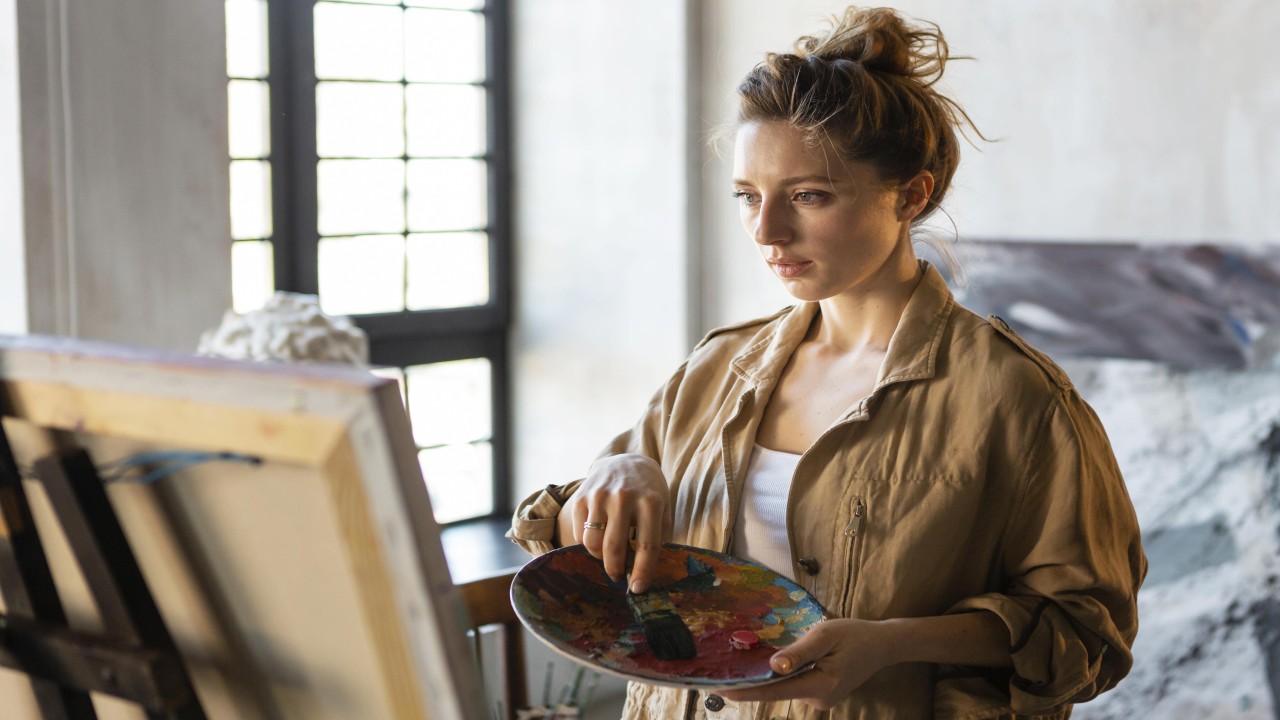
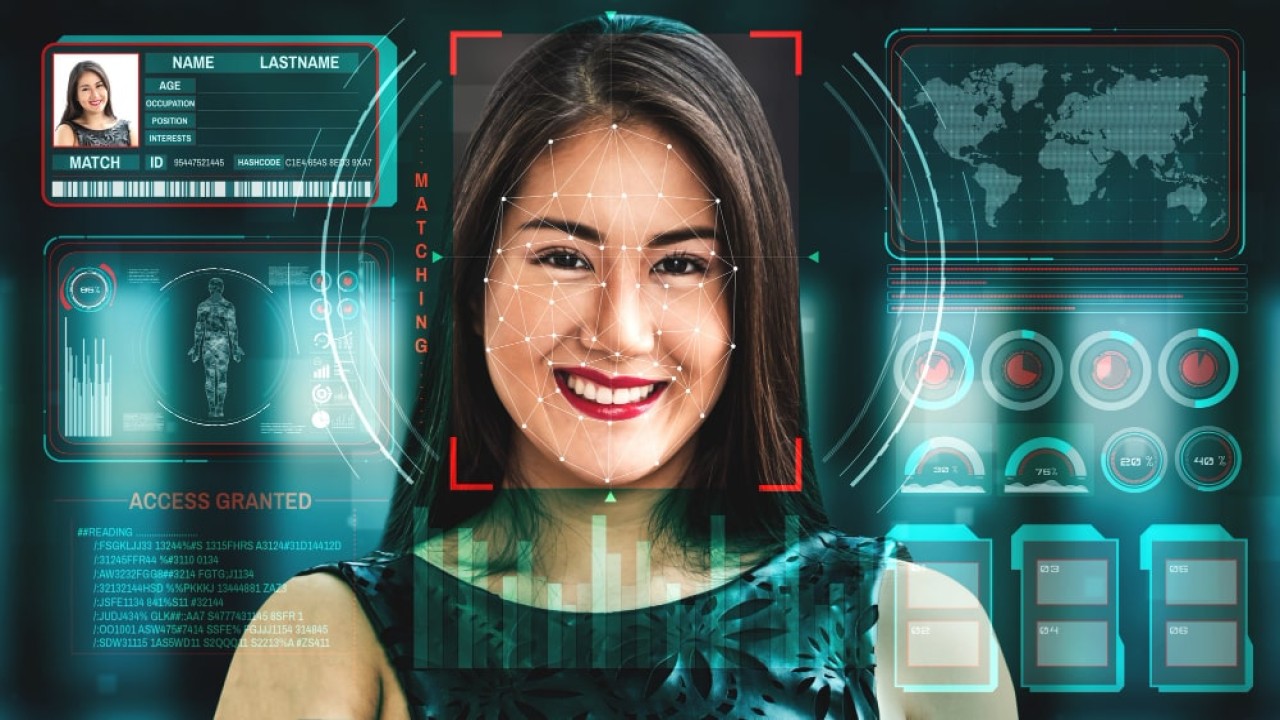
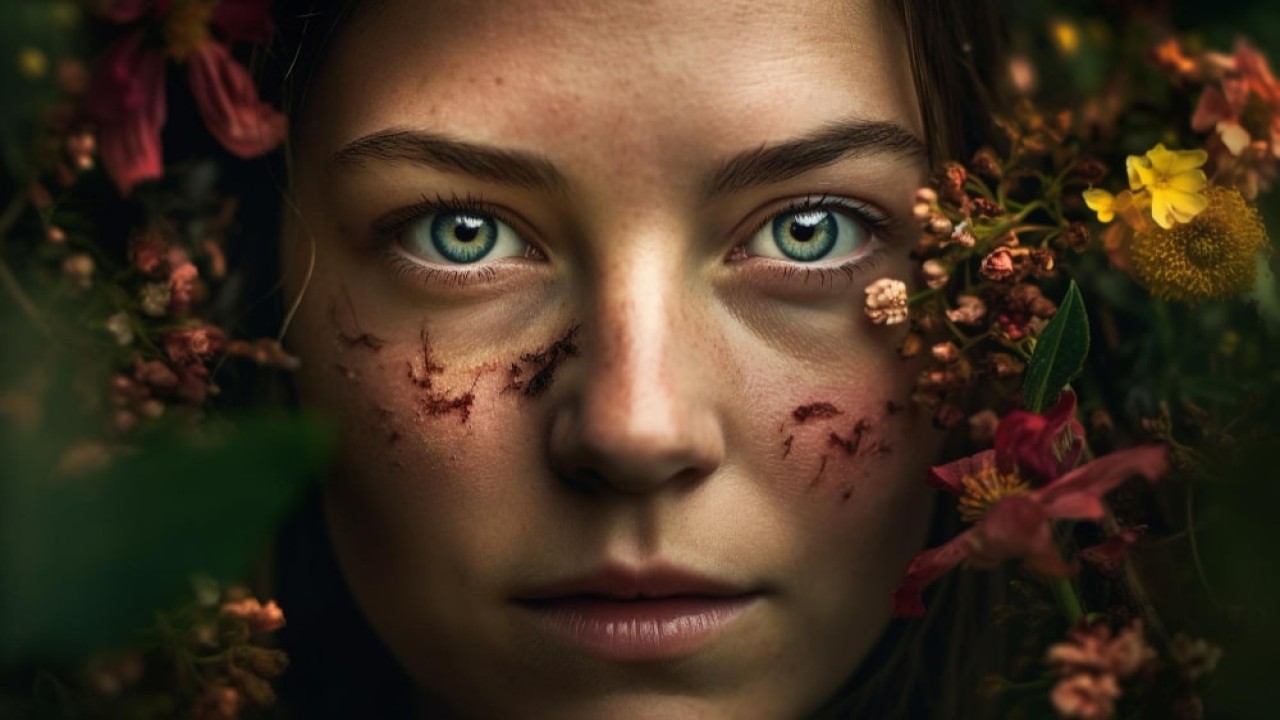
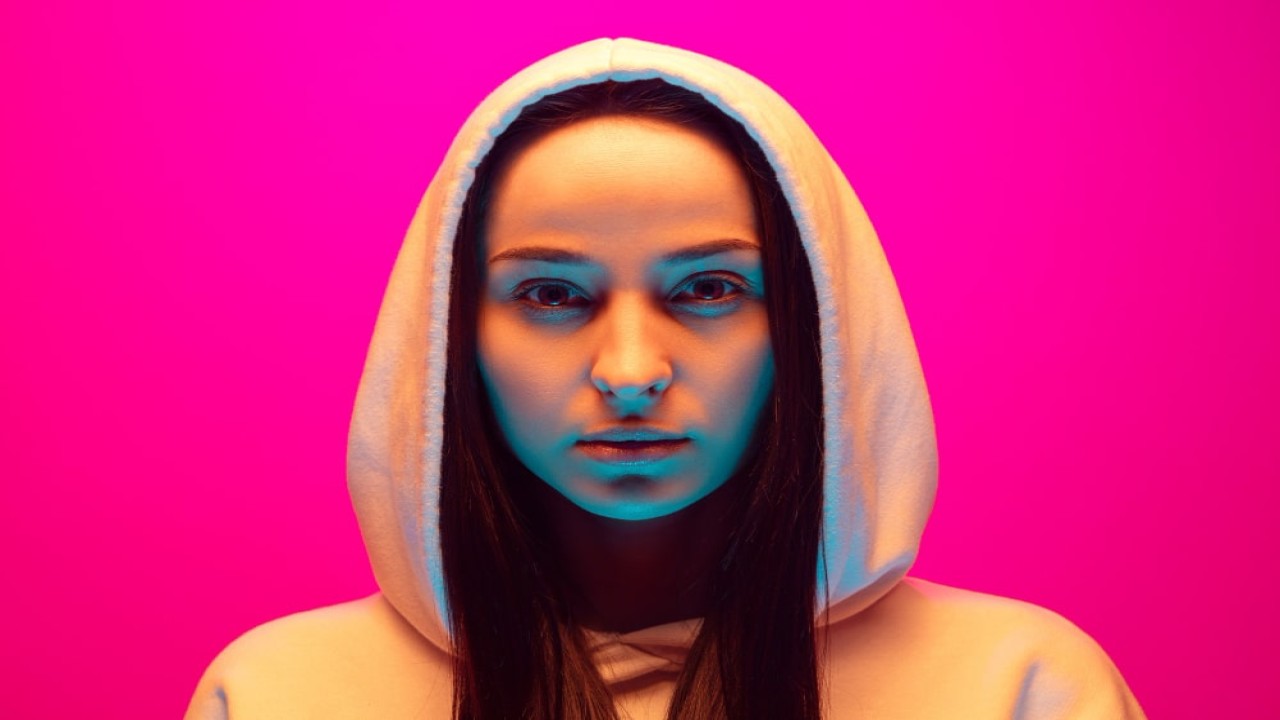
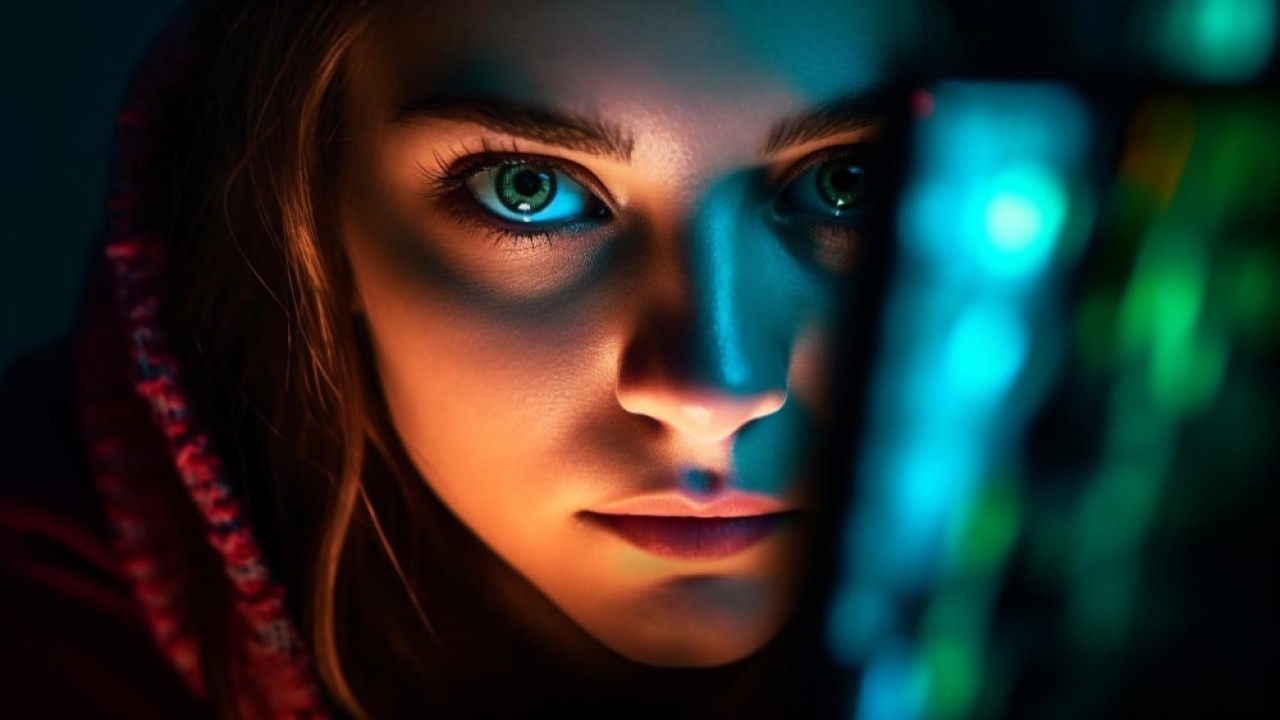
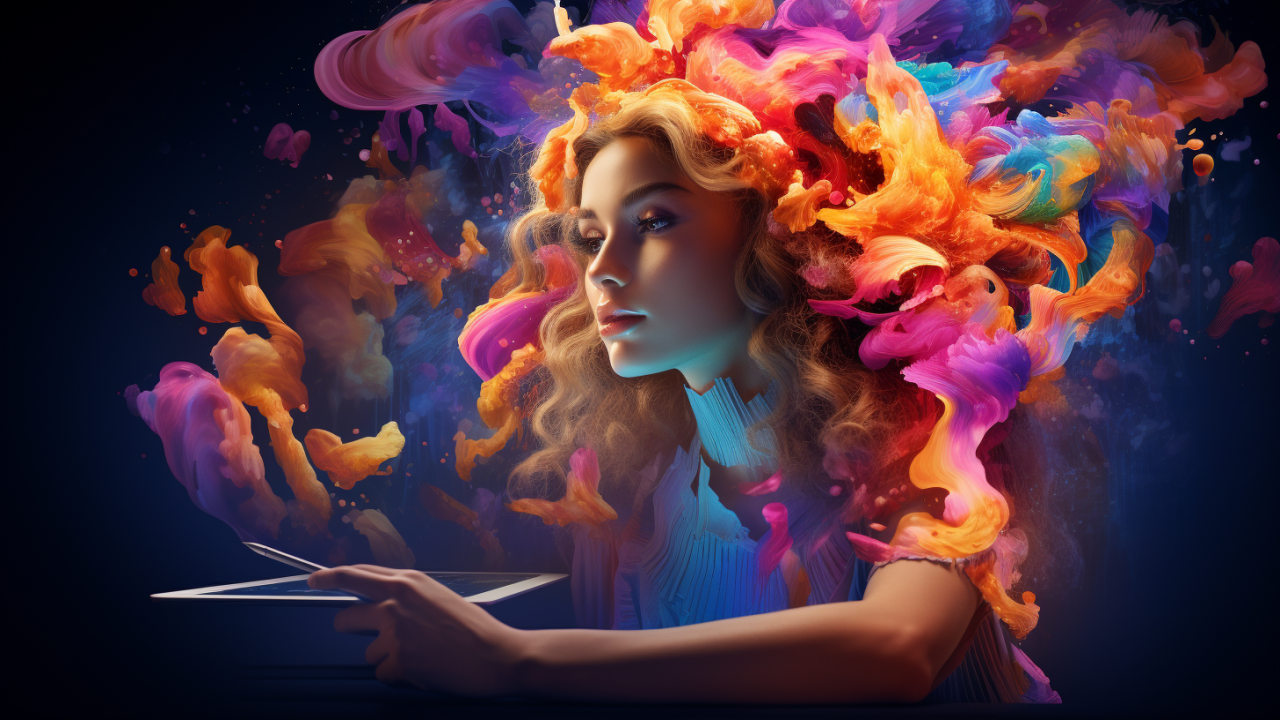
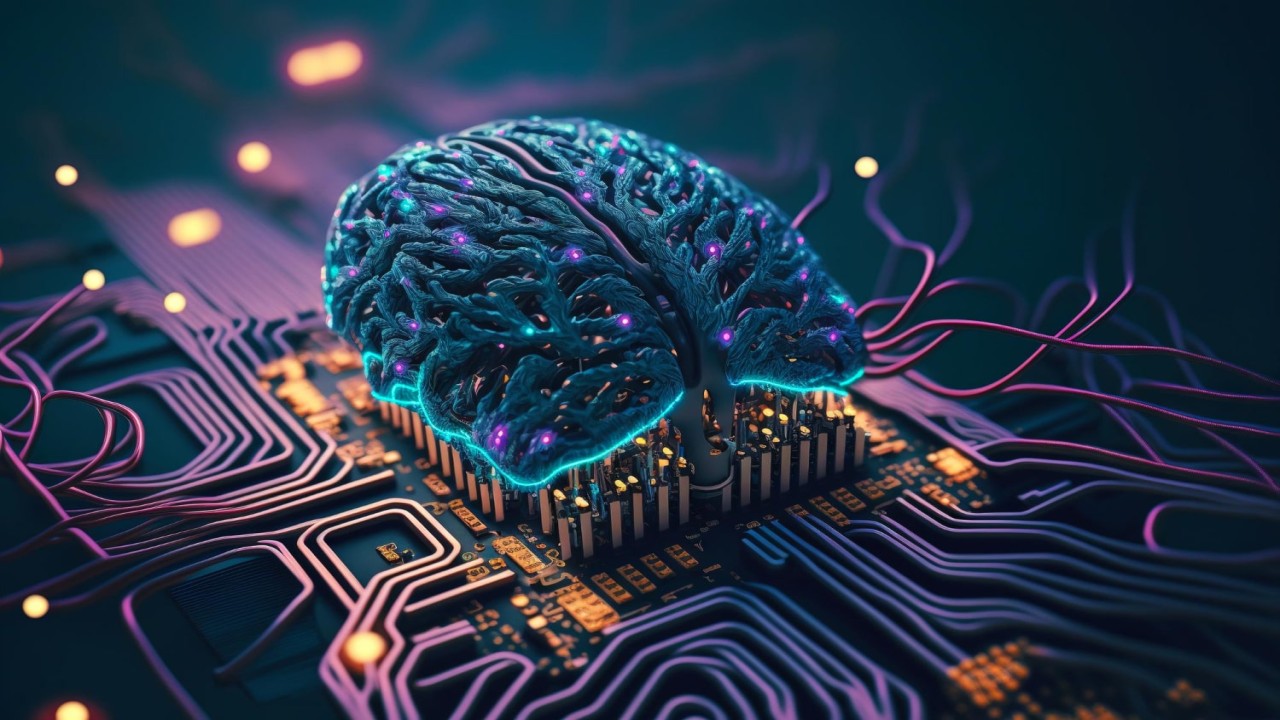
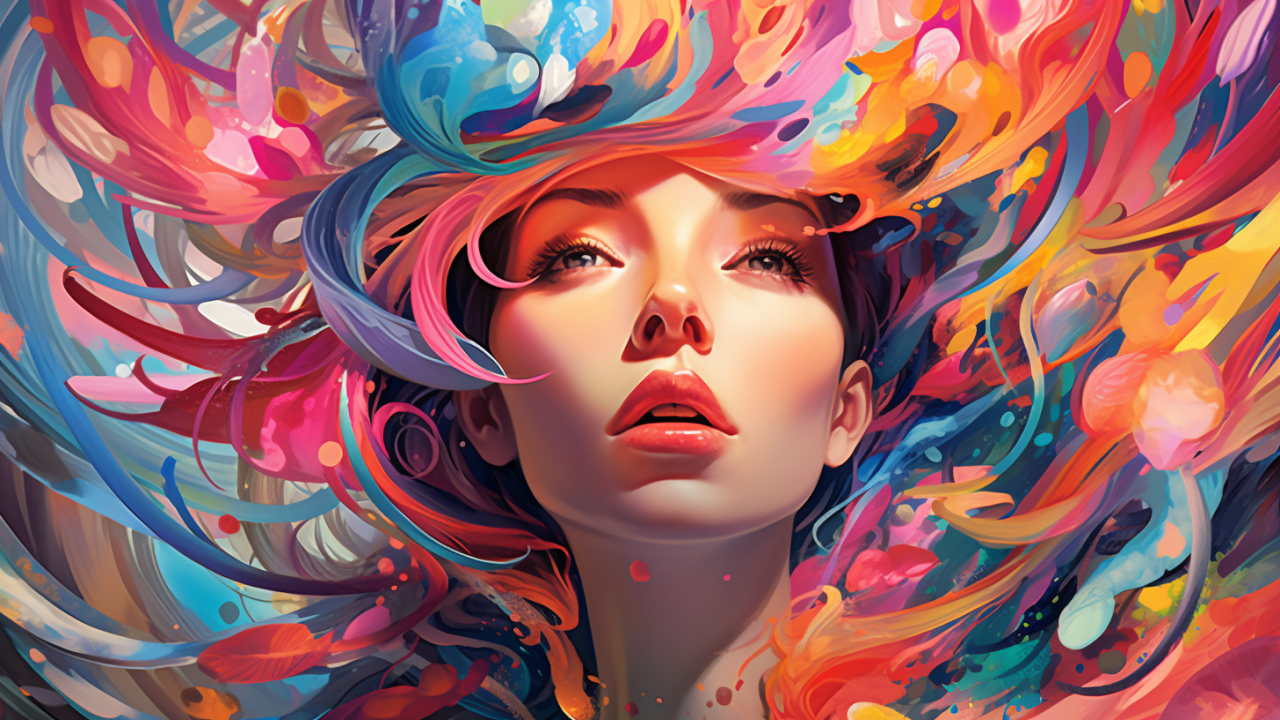
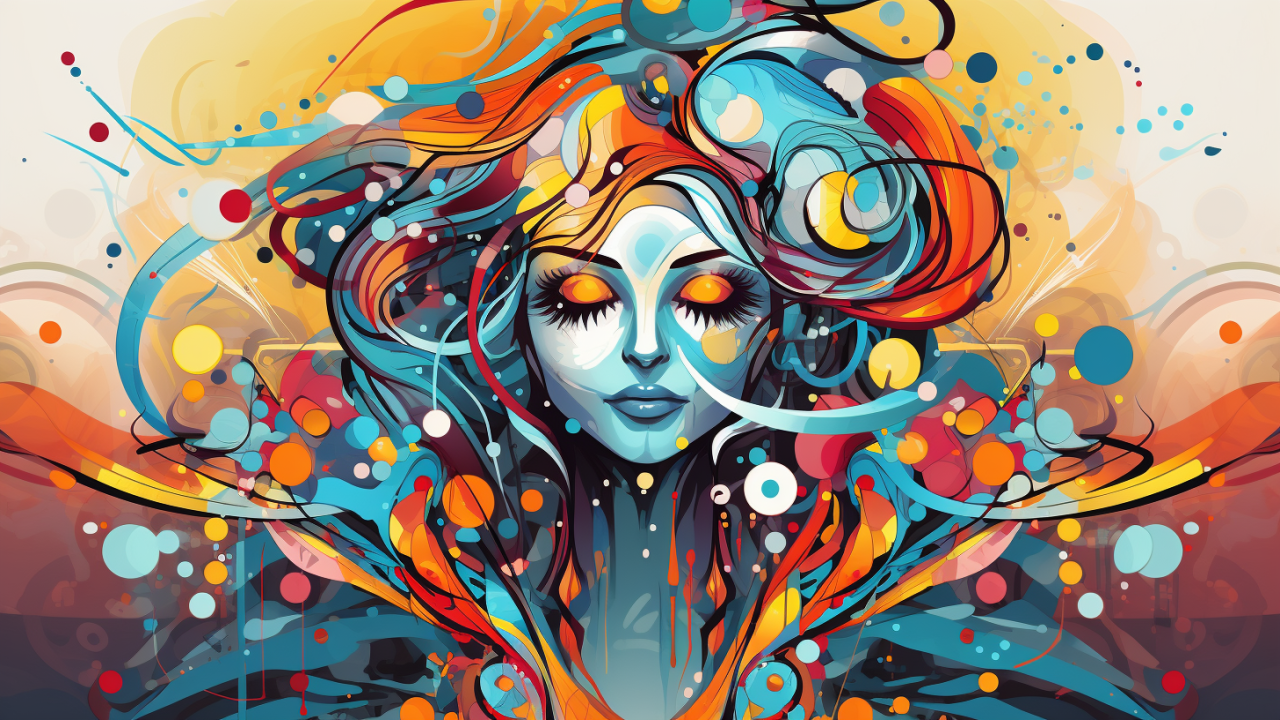
Comments (0)
No comments found